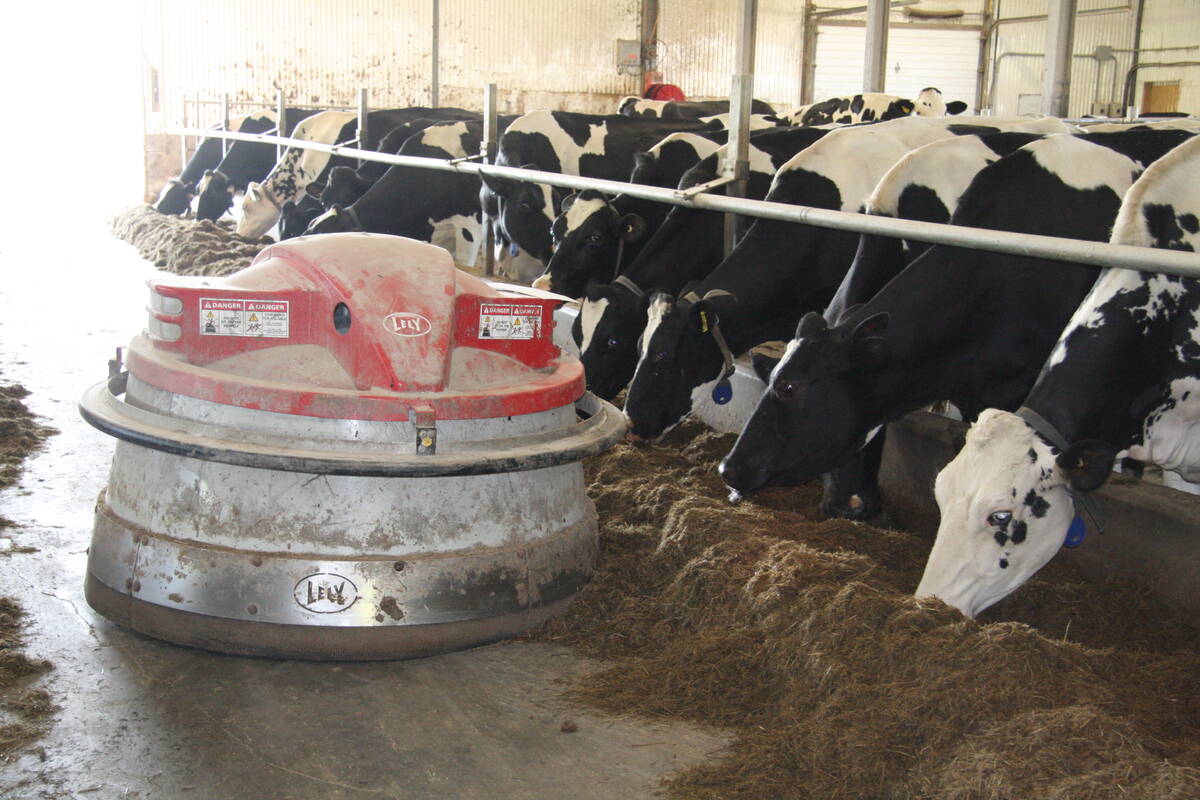Sustainability is one of the buzz words in our industry these days, and I suppose everyone has a different definition of what it means.
To me, sustainable means the industry will carry on and be profitable into the future, that it will be environmentally friendly and improve the land on which cattle are raised and that it will raise cattle in as stress free and humane an environment as possible.
The last point addresses animal welfare needs and makes the industry “sustainable” from society’s imposed standards.
Read Also

Partnerships, communication key to disease management
Communication and strong, trusted partnerships are key to managing infectious diseases like Foot and Mouth Disease and HPAI.
A lot of misinformation exists: some is public perception, some is driven by the media or industry and some focuses on isolated instances of animal abuse. It is our collective responsibility to show the positive side of our industry so that it can remain “sustainable” into the future.
Living off the land and raising quality cattle in open spaces is a lifestyle that will be desirable for future generations to come, but it must also be profitable so that we can keep doing what we love doing.
Modern technologies can help producers raise the same amount of beef quicker with less input costs, be more efficient from a feed intake perspective and simultaneously decrease their environmental impact.
Implants have been around for more than 50 years and are proven safe. Implanting at the same time as castration as well as implanting non-replacement heifers can increase average daily gain by 15 to 25 percent, depending on the type of implant that is used, and increase feed efficiencies by 10 to 17 percent.
These kinds of increases can make cattle production significantly more efficient and decrease its environmental impact by reducing the amount of water, feed and land it uses.
Ionophores such as monensin will also increase feed efficiency and are being added to most rations. They may also have a claim to fight coccidiosis and have been shown to help greatly with bloat prevention, even though no claim is technically made on the label.
We prevent clinical cases and subclinical weight loss any time we can decrease the incidence of coccidiosis as a secondary benefit to a product, and the productivity of our herds improves.
Ionophores are classified as an antibiotic, according to the Canadian Food Inspection Agency, which is why you may see food animal production blamed for using lots of antibiotics. A lot of these so-called antibiotics are in fact ionophores. Some branded beef programs don’t use antibiotics, so I am dreading the day when coccidiosis outbreaks occur.
Products such as ionophores allow us to use slightly higher stocking densities with no deleterious side effects. Administering them to cows at calving season reduces the clinical cases of coccidiosis in calves by decreasing environmental contamination from calves shedding oocysts.
They allow us to keep beef herds in the same general location while requiring a smaller land base.
Using parasiticides for internal and external parasites will increase growth, feed efficiency and immune function. In cases of severe parasitism, deworming will also increase reproductive rates.
A lot of research has looked at resistance in internal parasites, but there seems to be no resistance in external lice or warbles with the current products available.
Producers should check their herds and use effective products to keep the level of parasitism low.
One of the biggest ways to be sustainable in the beef industry is to keep attempting to increase reproductive rates, which will directly increase cow longevity by requiring less culling.
Producers can do this by semen testing bulls to eliminate sub-fertile ones, pregnancy testing cows to cull early and identify reproductive problems, deworming, feed testing and vaccinating against local reproductive diseases.
Open cows are the greatest reason for culling, so it makes sense to take steps to avoid it, such as synchronization programs and breeding heifers one cycle early to increase reproductive rates.
Other technological advancements include beta agonists such as Optaflexx and Zilmax (temporarily not being used), which increase carcass gain and yield in the last three to four weeks before slaughter, and megesterol acetate, which prevents heifers from cycling in the feedlot.
It’s been calculated that using all the available technologies could add approximately $4000 per carcass, or conversely, that’s how much could be lost if these technologies are not used.
Producers who want more information about linking performance technologies, environmental impact and sustainability should check research done by Jude Capper of Montana State University.
He concluded that stopping the use of performance technologies would require 17 million more acres of land and 138 billion more gallons of water a year to produce the same amount of beef. As well, the use of technologies reduced the use of resources by 10.7 percent.
These technologies are proven effective, safe, provide producers with an economic return and will insure the beef industry is sustainable. We must also communicate this to the general beef consuming public.
Capper’s research can be found on his website at www.bovidiva.com.














